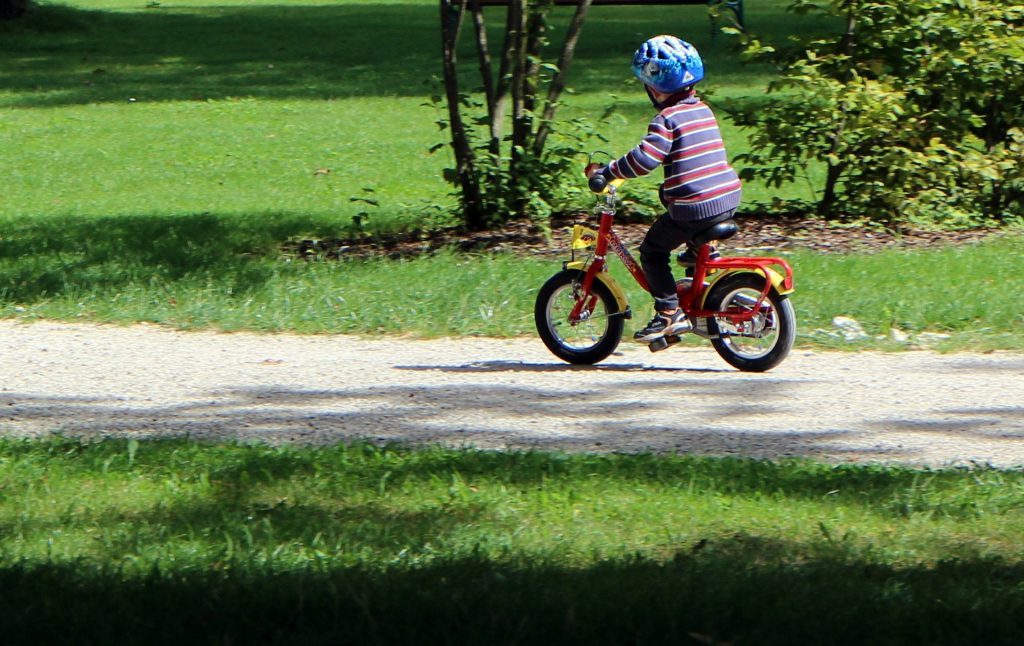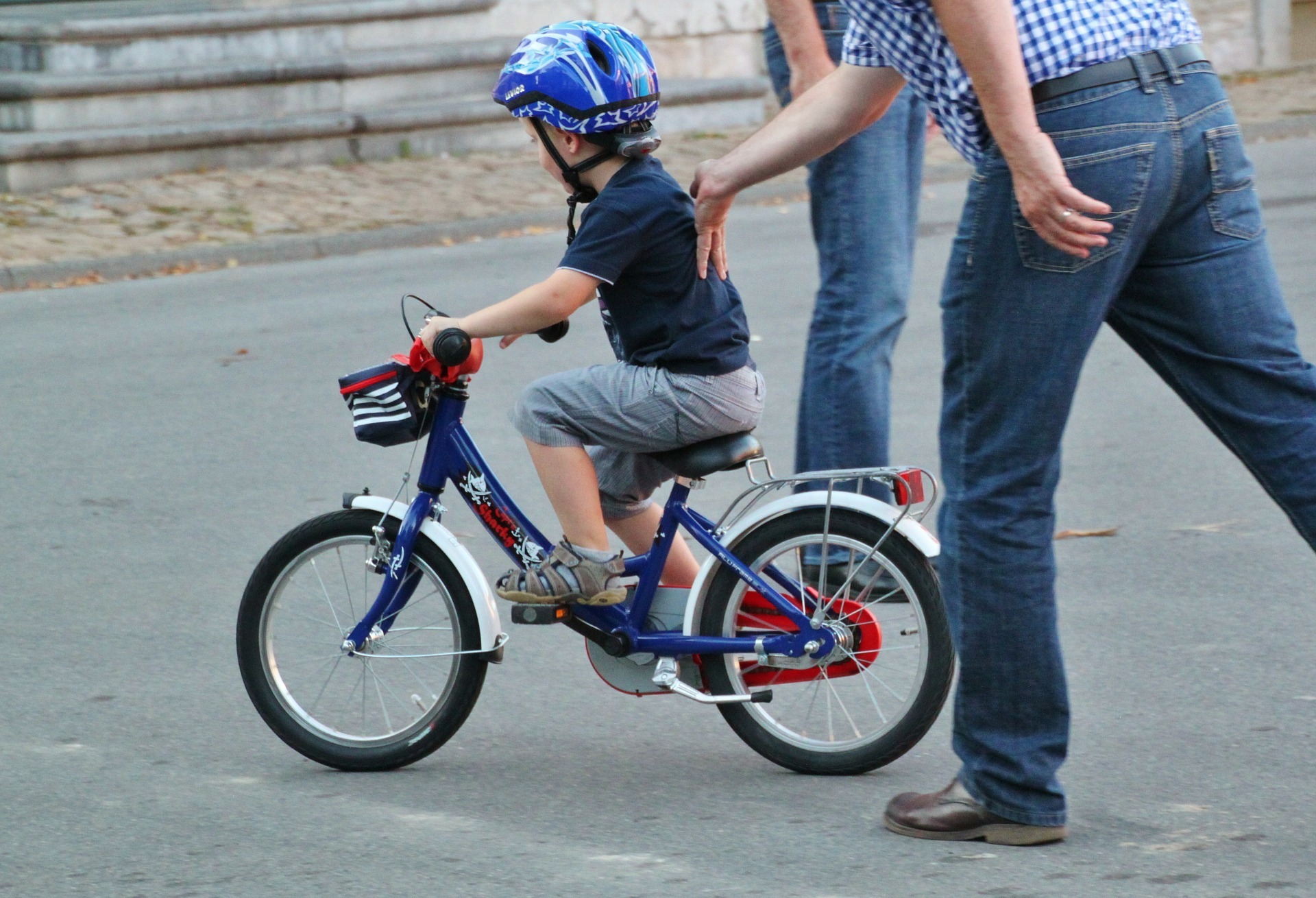Impatient parents spend £841M paying someone else to teach their child to ride a bike
We’ve heard of parents paying for children to learn to play an instrument or how to swim, but new research has found even the most basic of childhood skills are now being outsourced.
Activities such as art (32%) and even reading (19%) are being avoided by parents in favour of splashing cash on a professional.
Teaching your child to ride a bike, what was once considered quality parent-child bonding time, now sees 3 in 10 parents swerving the responsibility stating fear and frustration as the cause.
39% were scared their child would hurt themselves, 33% admitted they don’t have the patience and 20% were unsure of how to instruct to their child effectively, according to research from MyVoucherCodes.
And parents are willing to pay good money for an easier life, with the average spend on cycling lessons in Britain a whopping £841M[i] – that’s £143.63 per family, when combining the research with ONS data. Some parents were even happy to spend in excess of £500 on lessons – a lot considering it takes the majority of children take just two weeks to pick up the skill.
Excuses, excuses…
Reasons parents give as to why their child can’t ride a bike:
- Child can’t get the hang of it (30%)
- Can’t find someone to teach child (23%)
- Do not have the time to teach them (18%)
- Can’t ride a bike themselves (12%)
- I can’t be bothered to teach them (10%)
This parental disinterest seems to be having an effect – 43% of children are now older than the national average age of 5 years old[ii] when they master the skill, and worryingly 9% still haven’t learnt how to ride a bike by the age of 18.
Chris Reilly, Managing Director of MyVoucherCodes who commissioned the research said: “Considering 91% of parents described their own experience of learning to ride a bike as positive, it’s surprising to see the number, let alone expense, of parents outsourcing such a key childhood milestone.
 “Perhaps mums and dads just need a bit of help and reassurance, so we’ve teamed up with a cycling coach to create a hints and tips video which can be viewed on MyVoucherCodes.co.uk. We hope this inspires parents to give teaching their child to ride a bike another go!”
“Perhaps mums and dads just need a bit of help and reassurance, so we’ve teamed up with a cycling coach to create a hints and tips video which can be viewed on MyVoucherCodes.co.uk. We hope this inspires parents to give teaching their child to ride a bike another go!”
Top Tips:
- Safety first – ensure their helmet is securely fitted, they can comfortably touch the ground with both feet, the brakes are working well and that you’re in a safe environment, free from traffic and obstacles
- It’s all about balance – scooting is a great way for kids to learn how to balance on two wheels. Simply remove the pedals on your child’s bike, let them gather speed using their feet and then balance with their feet off the ground. Balancing is a vital first step, so practice, practice, practice until they’ve got it mastered!
- How to stop – walking with the bike, let them practice gently squeezing both brakes until they come to a controlled stop. Once they’re ready, practice on the bike. Hold them and gradually increase the pace.
- Pedal power – Support them under the armpits while they get used to pedaling the bike and controlling their direction and speed. Gradually reduce the amount of contact until they’re riding all by themselves, but stay close by in case of any tumbles!
- Be positive – Be patient…and congratulate them at every stage. If they fall off, don’t panic or get upset, simply give them a big cheer and get them straight back on the bike.
- Short and sweet – Keep your cycle-sessions short and sweet. If they’re getting tired, hungry or losing interest, call it a day! Give each other a high-five and celebrate a successful ride…perhaps with a delicious ice cream or chocolate treat!
For more information and to watch the video, visit
https://www.myvouchercodes.co.uk/halfords.com
1Based on Number of families in UK: 18.9m (ONS) 31% of these paid someone else to teach their child to ride a bike (i.e. 5,859,000 families) Average family spends £143.63 on these lessons. 5,859,000 x £143.63 = 841,528,170 (this could technically be rounded up to £842m)










